Manitoba K-12 Education Data Dashboard
Data is an important part of the continuous improvement cycle at all levels of the education system. It contributes to setting measurable goals, improving educational outcomes, supporting students and families, and ensuring schools are safe places where all children and youth matter, belong, are respected, and are set up for success.
The Manitoba K-12 Education Data Dashboard provides statistics on student achievement and high school graduation rates across the province, enhancing the utilization of provincial achievement data to inform decision-making and support student learning and well-being.

Student
Enrolment
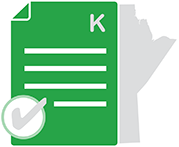
Kindergarten: Early
Development
Instrument
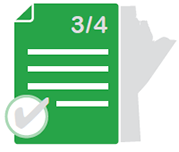
Grade 3 and 4
Assessment
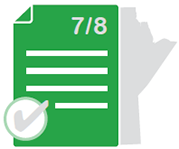
Middle Years
Assessment
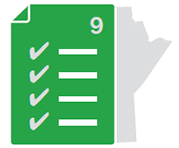
Grade 9
Credit Attainment
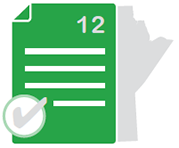
Grade 12
Provincial Tests

High School
Graduation Rates


